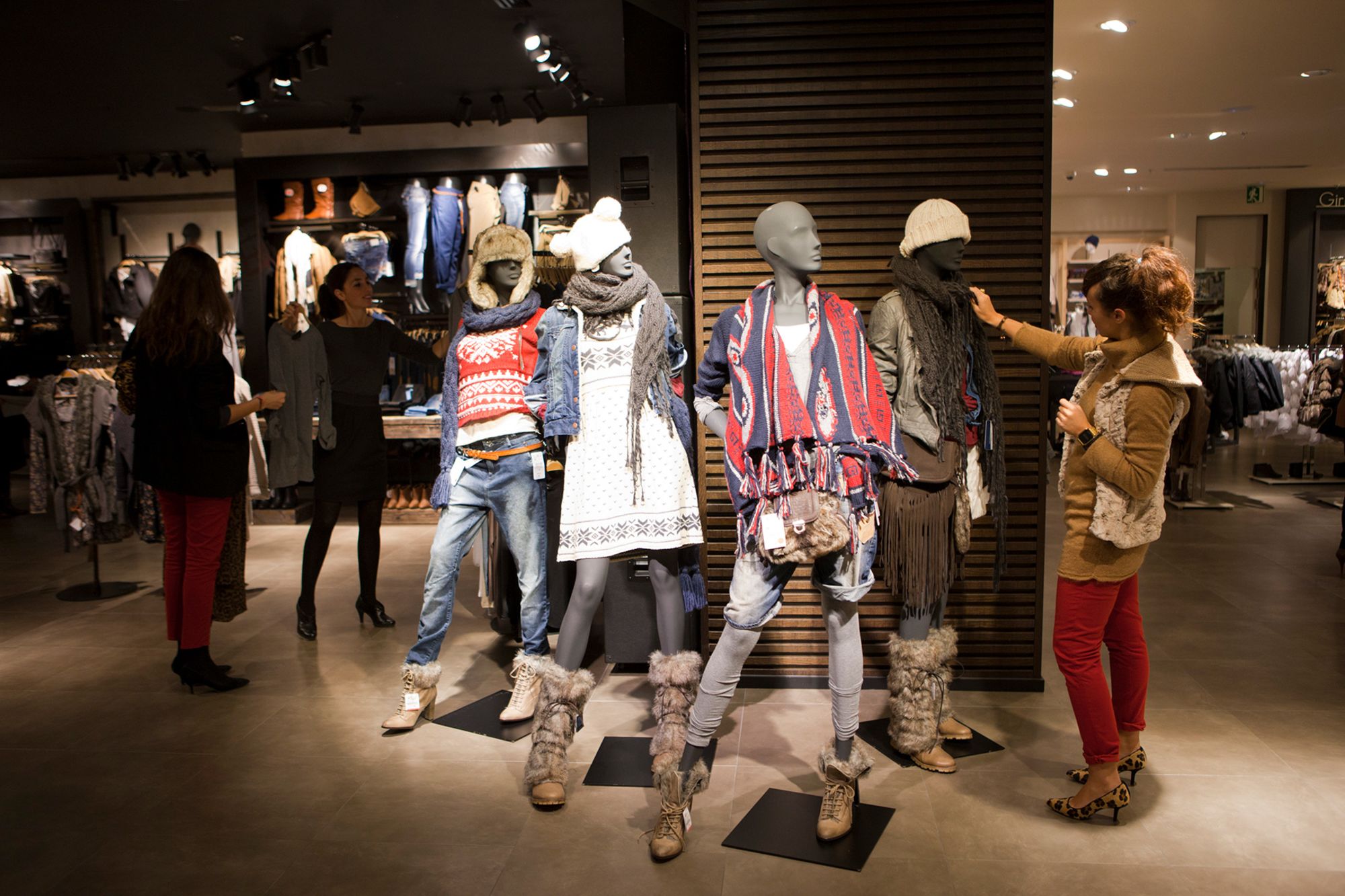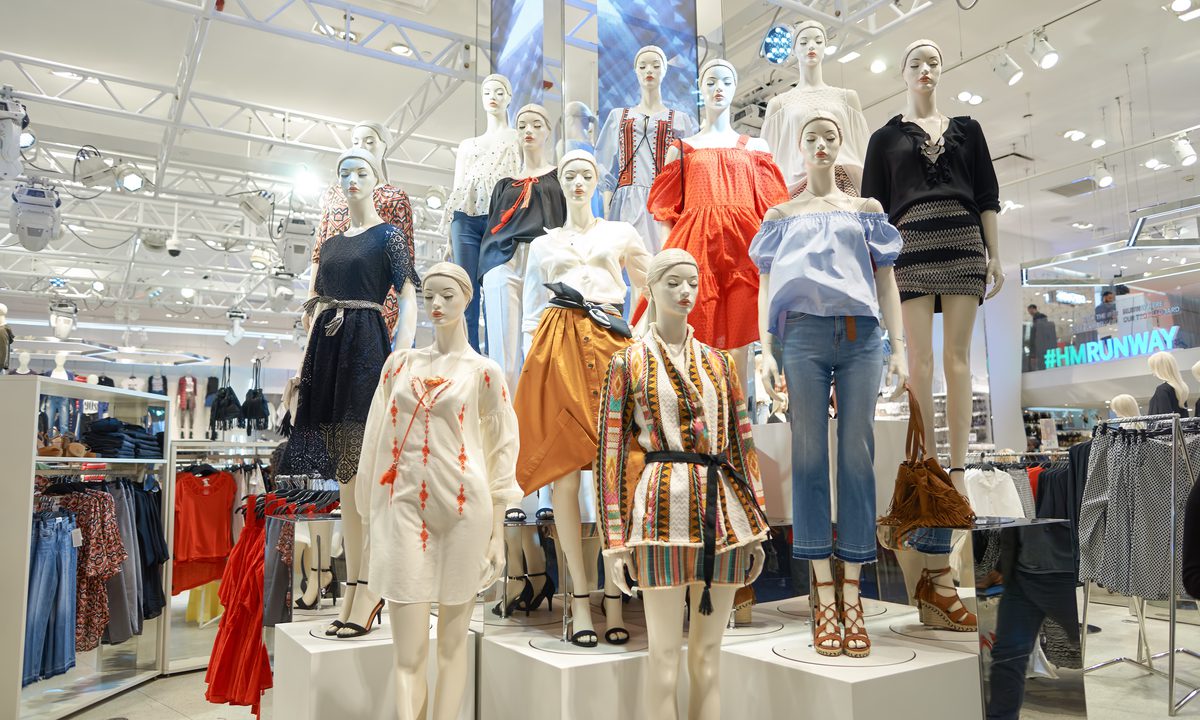What You Need to Know About Fast Fashion

Quick design is all over the place. A couple of steps into the shopping center or down a bustling shopping road, and you're certain to experience many brands that fall into this classification. Furthermore, that is excluding the wealth of online-just organizations. Regardless of where they are sold or the way that long they've been near, one thing all quick style organizations share for all intents and purpose is their capacity to produce the most recent patterns at the absolute least costs.
The comfort of quick design attracts numerous purchasers to endlessly shop). It's not difficult to become involved with the reasonableness factor, which permits purchasers to buy different on-pattern pieces of clothing each season without burning through every last dollar. Be that as it may, this speedy and modest plan of action can have stowed away significant expenses especially with regards to contaminating the climate and encouraging exploitative working circumstances. What's more, albeit many quick design brands have put forth attempts to develop and work on their practices, it's essential to know the genuine effect of such a typical shopping propensity.
Thus, assuming you're interested about the development of quick design, what it offers, and where it misses the mark, here's beginning and end you want to realize about the plan of action.
What Is Fast Fashion?
Quick style is "a way to deal with the plan, creation, and promoting of dress molds that accentuates making style rapidly and inexpensively accessible to buyers," as indicated by Merriam-Webster. All in all, quick design alludes to brands that efficiently manufacture pieces of clothing consistently to stay aware of the most recent styles, using bad quality engineered materials to help their facilitated fabricating process. Dissimilar to better venture pieces, these all the more efficiently made things will quite often crumble after a couple of wears and washes, which makes numerous shoppers dispose of them rapidly.
Quick design is planned to stay aware of the present high speed pattern cycle. While more modest organizations and extravagance brands might require a very long time to create an assortment, quick style organizations can produce things surprisingly fast, or even sooner. "Quick design organizations used to gloat about getting a recent trend available to be purchased in just fourteen days. Boohoo can do it surprisingly fast." composed The Atlantic in 2021.
When Did Quick Design Begin?
The starting points of quick design can be followed as far as possible back to the 1800s. The presentation of the sewing machine in 1846, and later the re-appropriating of article of clothing creation to manufacturing plants, provoked a diminishing in dress costs and an expansion in how much garments being made, as per Fashionista.

By the 1960s and '70s, material factories had opened all over the planet to fulfill the needs of shoppers who wanted reasonable and slick apparel. In 1966, paper dresses acquired ubiquity when the Scott Paper Organization made a dispensable shift dress made of cellulose that could be tossed out after one use, as per the Victoria and Albert Exhibition hall. It was made to advance the brand's expendable flatware assortment yet shockingly turned into a peculiarity, with numerous different organizations making their own variants.
Despite the fact that H&M was established in Sweden in 1947 and Zara opened in Spain in 1975, most quick style brands didn't arrive at the U.S. until some other time. At the point when Zara opened a store in New York City in 1989, the New York Times begat the expression "quick style" to make sense of the brand's course of changing its stock like clockwork.
The 2000s sped up the ascent of quick design with the presentation of web-based entertainment and powerhouse culture. Furthermore, as Instagram #OOTDs turned into a thing, having another look everyday energized the need to shop.
"As a result of quick design and the low cost of design, I feel that the meaning of style has changed a ton as of late," Elizabeth L. Cline, creator of Embellished and The Cognizant Wardrobe, told InStyle in 2020. "We as a whole see style as this thing that is about novelty and utilization and what's straightaway, however it can mean something different. [When] garments were more costly, style was additionally about solid match, great quality — it was tied in with looking truly assembled and not really about looking new or new."
The Effect of Quick Style
Customers frequently go to quick design due to how reasonable it tends to be, yet it's difficult to disregard the enduring effect it has on the climate. From 2000 to 2014, clothing creation multiplied, and the quantity of pieces of clothing bought expanded by 60%, as per a McKinsey and Company study. This course of overproduction and fast utilization is important for the explanation the design business has rapidly turned into a main source of contamination.

The design business represents 10% of worldwide fossil fuel byproducts, produces 20% of wastewater, and is answerable for up to 10 percent of worldwide ozone harming substance discharges, as indicated by the Unified Countries. The manufactured filaments used to make quick style pieces of clothing likewise make contamination during washing; engineered materials represent 35% of the microplastic contamination on the planet's seas, as per The New York Times. Piece of clothing removal is likewise a main consideration. 85% of pieces of clothing end up in landfills or are scorched rather than reused, as per the Unified Countries Environmental Change Gathering.
Notwithstanding the natural effect, many quick design brands have been researched for dangerous working circumstances and wages beneath the lawful least for piece of clothing laborers. In 2022, The New York Times provided details regarding a US Division of Work examination that found Design Nova was paying sewers in Los Angeles manufacturing plants as low as $2.77 60 minutes. This is only one of numerous models that demonstrate the way that modest design can come for an extreme price to workers.
Some quick design organizations are putting forth attempts to change a portion of their practices. H&M means to be completely roundabout by 2040, and to have 100% reused or other economically obtained materials by 2030. In July, Zara's proprietor declared that it will investigate new reusing rehearses and practical filaments to decrease its natural effect by, as per Reuters.
The most effective method to Distinguish Quick Style Brands
Brands including Boohoo, ASOS, Style Nova, H&M, Always 21, Zara, and Shein are prevailing in the quick design world. As a purchaser, whether you're shopping on the web or coming up, you can recognize quick style retailers by focusing on the item subtleties. Engineered materials (think: polyester or acrylic), seaward assembling places (where work is frequently less expensive), and reliable drops of recent fads that mirror the most recent patterns are signs of quick design.
